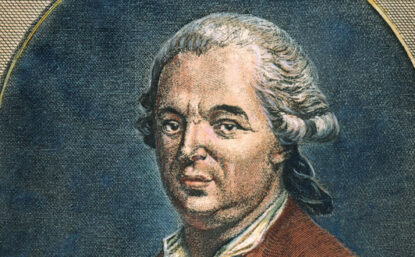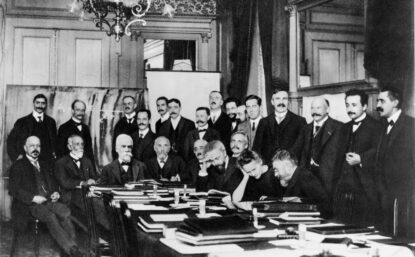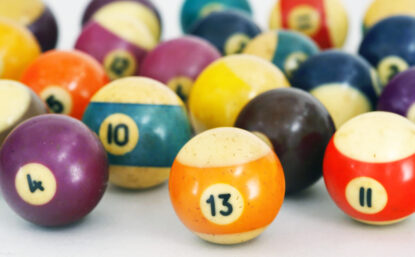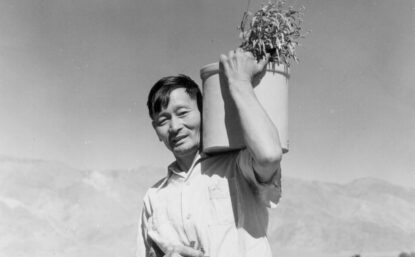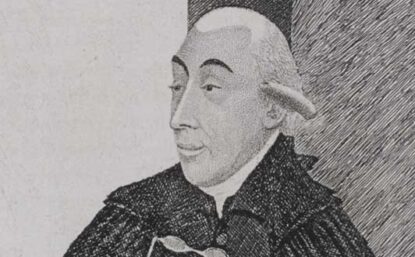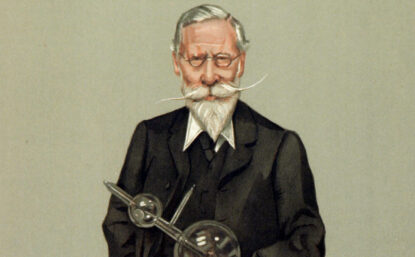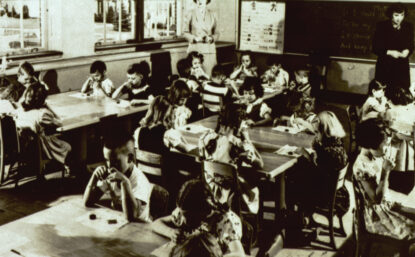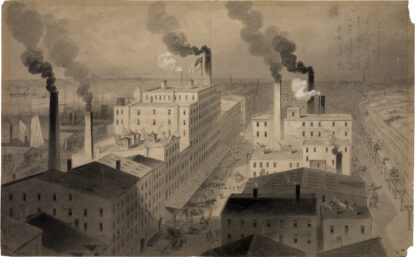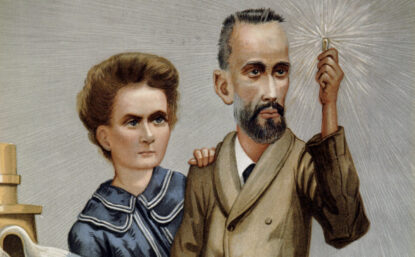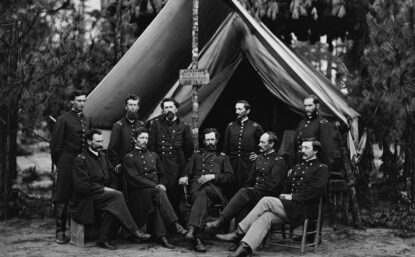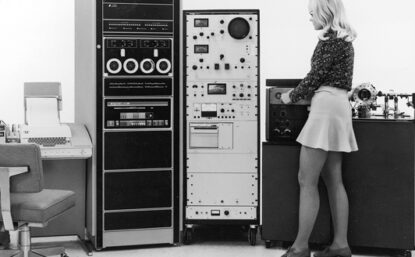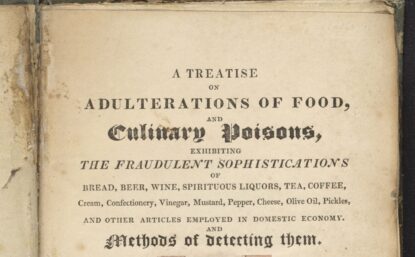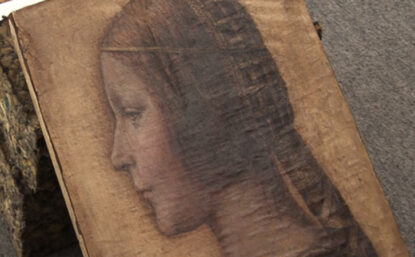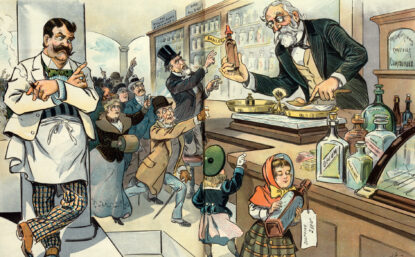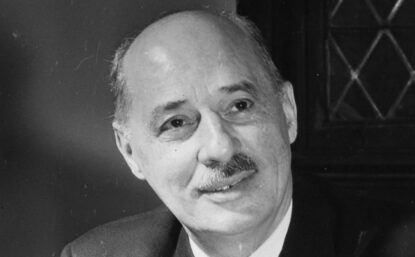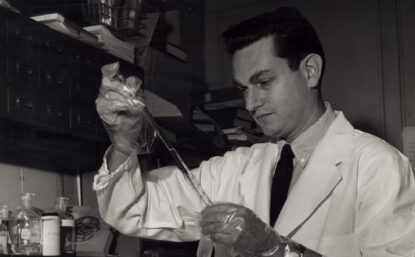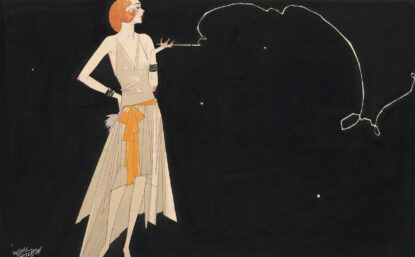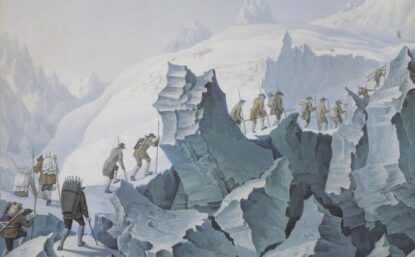Distillations magazine
Controversy, Control, and Cosmetics in Early Modern Italy
In a society that damned women for both plainness and adornment, wearing makeup became a defiant act of survival.
Distillations articles reveal science’s powerful influence on our lives, past and present.
Mesmerized
The controversy around animal magnetism.
Making the Process
By 1790 chemistry was the up-and-coming science. The products of chemistry—industrially useful salts, acids, and alkalis—would soon be measured not by the ounce (or the gram) but by the ton.
Celluloid: The Eternal Substitute
Before becoming a synonym for cinema, celluloid was used imitate expensive materials like ivory, tortoiseshell, and linen.
Behind the Barbed Wire of Manzanar: Guayule and the Search for Natural Rubber
Faced with a sudden shortage of rubber, the wartime United States turned to an unlikely place: a Japanese American internment camp in California.
That Beautiful Theory
Joseph Black, one of the first to realize that air was composed of many gases, isolated carbon dioxide, and discovered latent heat.
The Thin Green Line
The feud between William Crookes and Claude-Auguste Lamy over the newly discovered element thallium rested on the very definition of discovery.
Pipe Dreams: America’s Fluoride Controversy
How did a seemingly benign chemical and a near-miraculous public-health initiative spark decades and decades debate?
The Smell Detectives
During the 1860s and 1870s, was a booming New York City’s stench choking the health from its citizens? Chemist Charles Frederick Chandler aimed to find out.
Vanity Unfair
A 1904 caricature from Vanity Fair is a striking example of the role images played in creating the Marie Curie myth.
Frontline Pharmacies
The impact of the Civil War can still be seen politically, socially, and economically, but its influence on medicine is often obscured.
A Measure of Success
When the EPA needed a way to identify and measure pollutants, Robert Finnigan, an ex–Cold War engineer, offered his computerized mass spectrometer for the job.
Secret Ingredient
A 19th-century chemist was the first to raise the alarm about adulterated food.
The Da Vinci Question
Observing as experts investigate whether La Bella Principessa is in fact the work of Leonardo da Vinci.
An Everyday Poison
The ubiquity of arsenic in 19th-century Britain.
Cracking Down on Crude Oil
Faced with the prospect of a world without oil, French engineer Eugene Jules Houdry turned low-grade coal into gasoline.
Breaking the Code
Two years after getting his PhD, future Nobel Prize winner Marshall Nirenberg set out to probe the genetic code despite having no experience in the fields at the forefront of this work.
Counting Calories
Thin became “in” during the 1920s, and the calorie became a vital tool in the battle to lose weight. Yet before becoming a fashion necessity, the calorie had a decidedly less glamorous role.
A Notorious Life
In the so-called Hamel Catastrophe of 1820, a scientific expedition lost three local guides after the entire party fell 1,200 feet in an avalanche.

